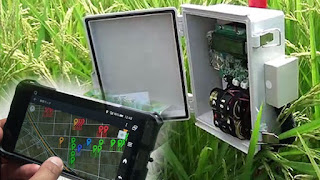Technology:
It is said that a vehicle loaded
only with an engine cannot survive in the future. Toyota plans to decrease
sales of vehicles loaded only with an engine to zero by 2050. Following Toyota,
Honda will introduce fuel-cell vehicles, and preparations for mass production are
under way in its plant in Tochigi Prefecture.
Future vehicles change the entire
industry structure
Information
technology
|
◆Artificial intelligence decides the destination.
◆Sensors avoid a risk
|
Driving
|
◆Automated driving spreads, and taxies and buses will be automatically
operated.
◆Driver’s license will not be required for driving.
|
Parts and
components
|
◆Progress of automotive parts will change part and component
formation drastically.
|
Energy
|
◆From gas station to charging and hydrogen stations
|
Materials
|
◆Instead of iron, resin and carbon will increase their shares.
|
Engine
|
◆From gasoline engine vehicles to motor-driven like EV and FCV
|
As the above table shows, the
automotive parts industry needs to prepare for the drastic change. NipponPiston Rings, one of Japan’s leading manufacturers of piston rings, is
diversifying its business by producing aluminum parts for semiconductors and dental
implant. According to a survey company, economic effect created by fuel cell
vehicles will amount to 4.4 trillion yen in 2030.
Toyota i-road test driving in Tokyo
Toyota i-road test driving

